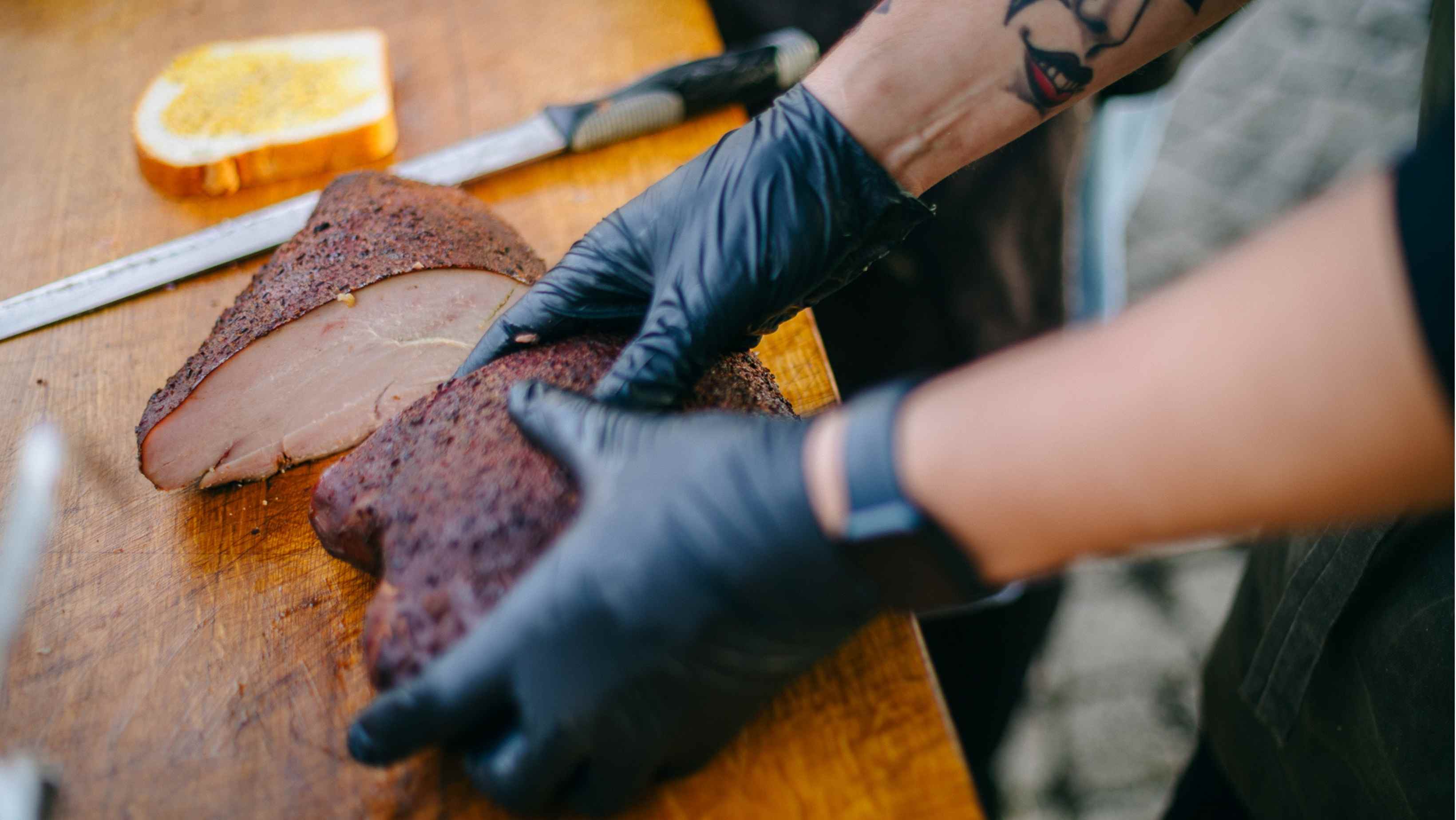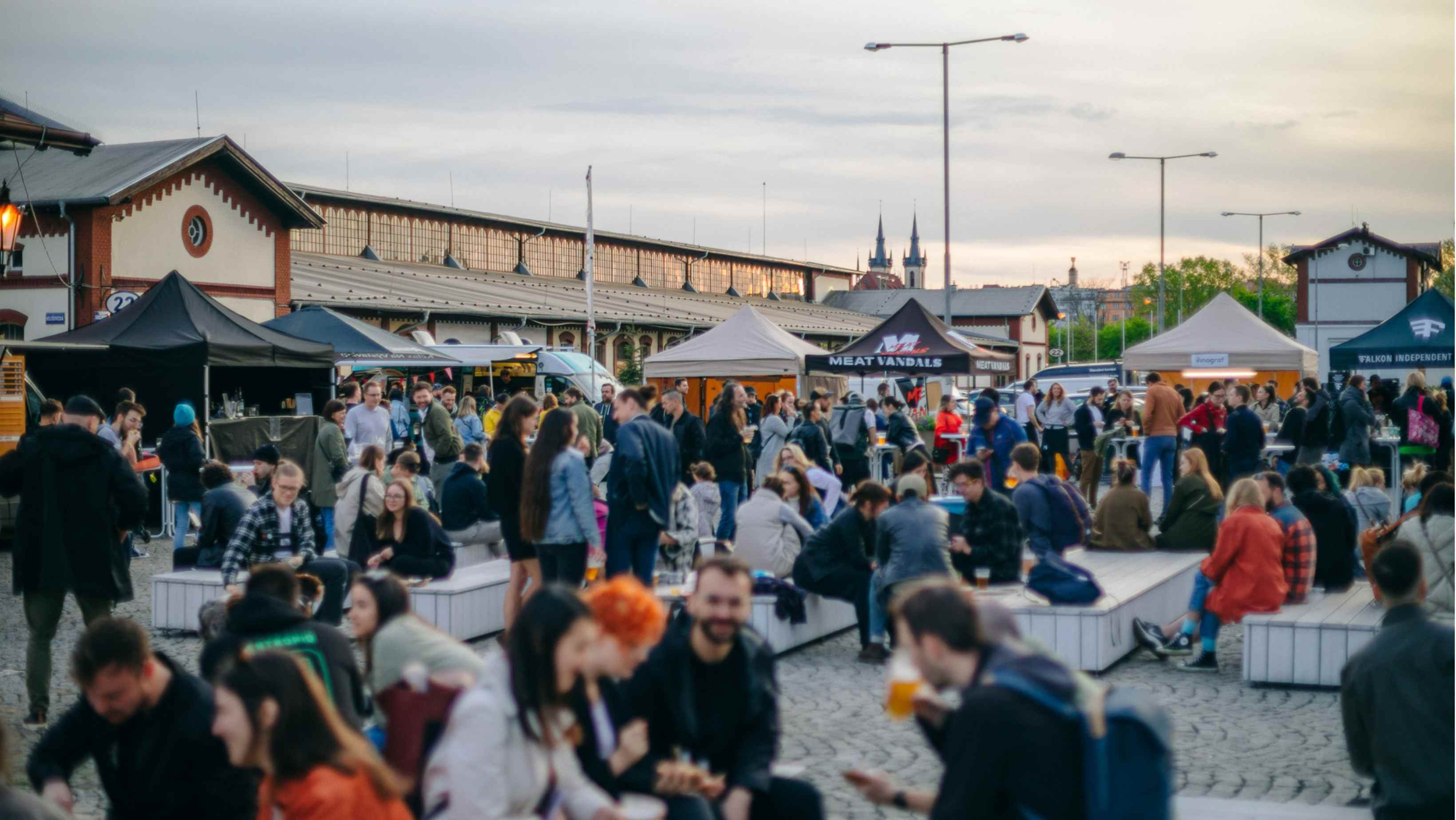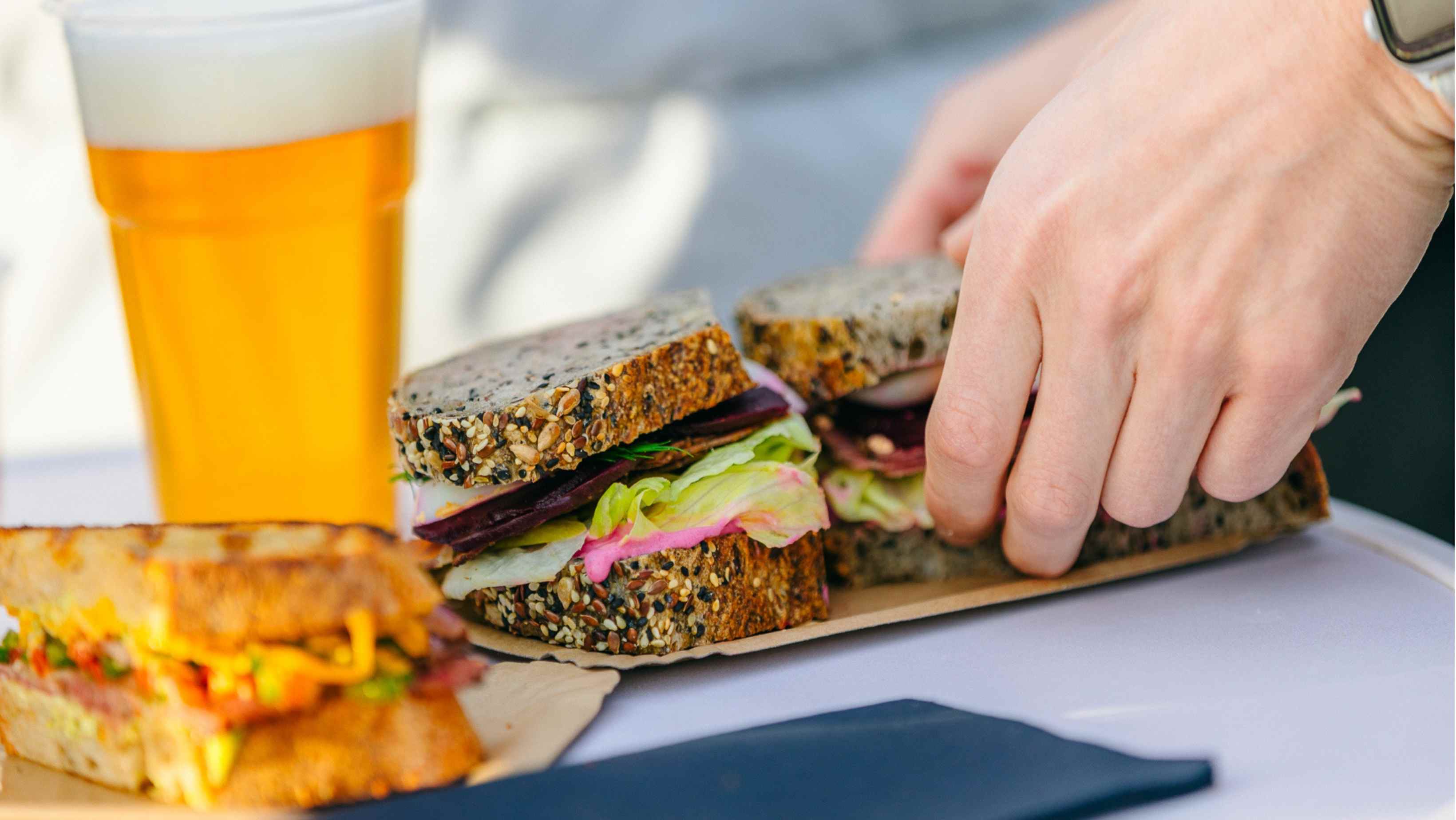Prague will once again host the Khamoro Festival, the world’s largest celebration of Roma culture, from May 25 to May 31, 2025.
The event will feature a diverse mix of traditional and contemporary Roma arts, drawing visitors and locals into a vibrant cultural experience spread across the city.
Over the course of seven days, the public can enjoy concerts, dance and art workshops, fashion shows, film screenings, and exhibitions, all highlighting the richness and variety of Roma heritage.
Events will take place at multiple venues throughout Prague, with the full program available on the official Khamoro website.
The festival’s highlight is the Khamoro Parade, an annual tradition that brings together musicians in national Roma costumes for a colorful procession through the historic center of Prague.
This year, the parade will be held on Friday, May 30, starting at 12:00 p.m. from Wenceslas Square and moving through the city with live music and dancing.
Khamoro—meaning “sun” in Romani—is more than a celebration. It also serves as a platform to raise awareness of Roma history, promote intercultural understanding, and celebrate one of Europe’s most unique ethnic identities.
The event is organized by Slovo 21 in cooperation with the Studio Production Saga, with support from the City of Prague and other institutional partners.
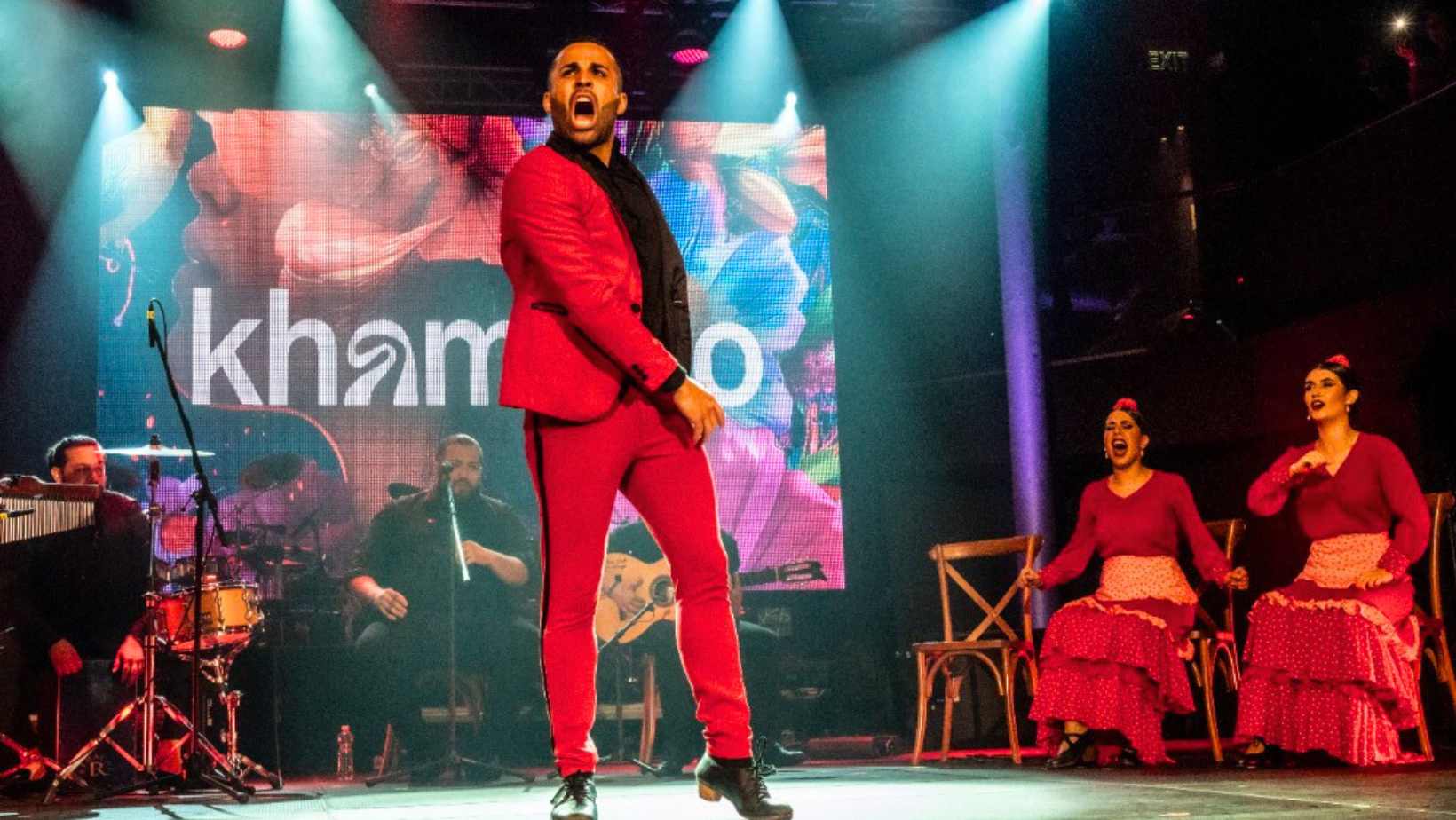
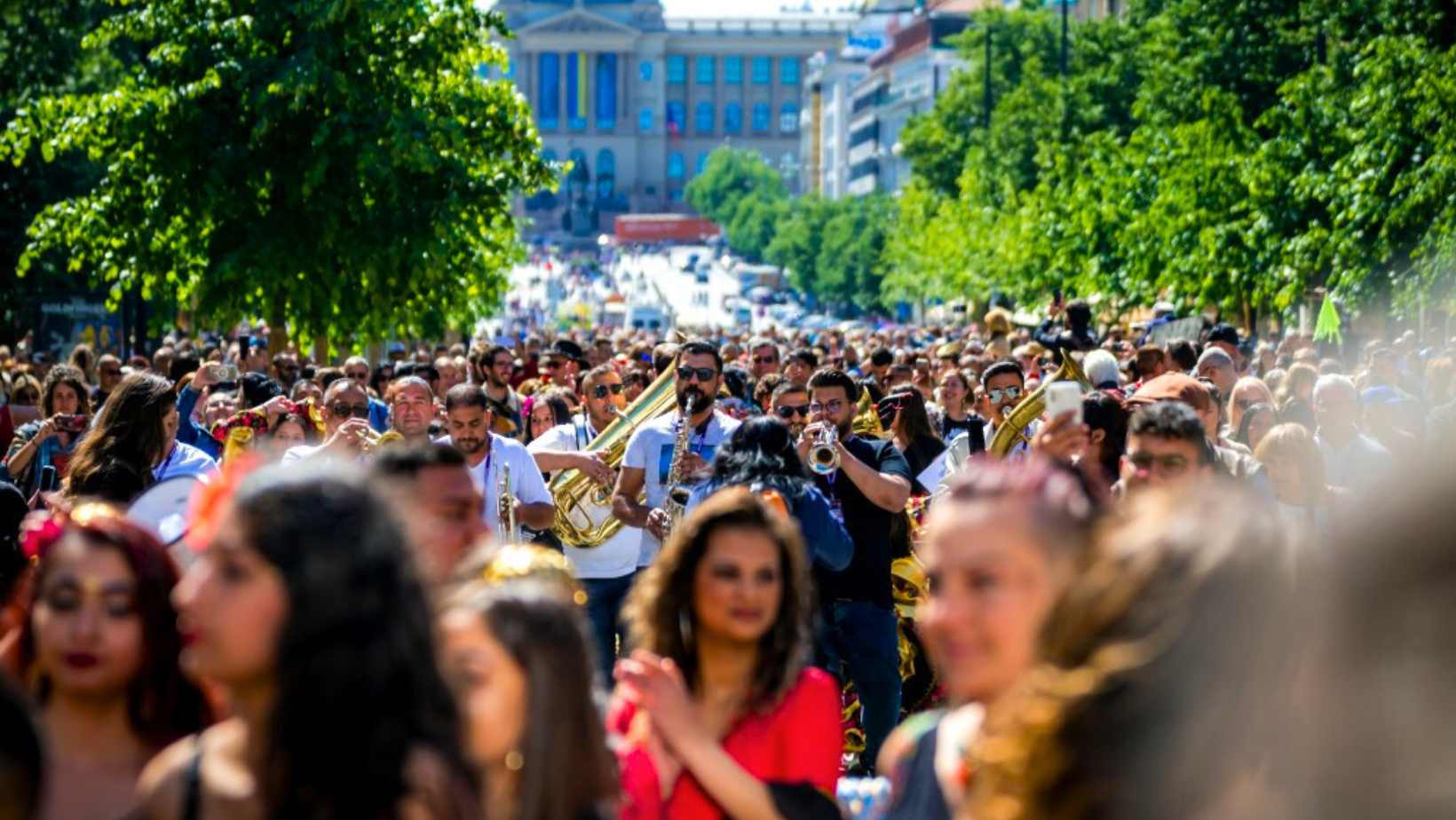
Would you like us to write about your business? Find out more
In the second half of last year, the Czech Republic recorded the highest household electricity prices in the entire European Union, when adjusted for purchasing power.
This comes from new data released by Eurostat on Tuesday.
Using Purchasing Power Standards (PPS) – a metric that levels out price differences between countries – Eurostat calculated that Czech households paid 41 PPS per 100 kilowatt hours of electricity. That figure was the highest in the EU, followed by Cyprus (35.70 PPS) and Germany (35.23 PPS).
PPS is used to ensure a fair comparison between countries by accounting for local income levels and cost structures. This approach shows the real burden of electricity prices on households, not just nominal costs.
At the opposite end of the spectrum, Malta reported the lowest electricity price for households at 14.33 PPS per 100 kWh, followed by Luxembourg (15.39 PPS) and Hungary (15.45 PPS).
Electricity Prices Rise 11.8% in Czechia Year-on-Year
Alongside having the highest adjusted prices, the Czech Republic also saw the second-steepest year-on-year increase in electricity costs, with prices rising 11.8% in the second half of 2023. Only Portugal experienced a greater jump, at 14.7%.
According to Eurostat, the rise is attributed to higher grid maintenance costs and the phase-out of tax breaks and subsidies previously granted to households.
In contrast, Austria saw the largest drop, with electricity prices falling by 18.8% year-on-year, offering some relief to consumers there.
Gas Prices: Portugal and Italy Top the List
Eurostat also reported on household gas prices, where the Czech Republic was mid-ranking in the EU. Czech households paid 12.78 PPS per 100 kWh, compared to the highest price in Portugal (16.60 PPS). Italy followed closely behind at 16.49 PPS, with Sweden next at 16.08 PPS.
The lowest household gas prices were found in Hungary (3.20 PPS), Croatia (4.60 PPS), and Romania (5.40 PPS) — reflecting a sharp divide in energy affordability across Europe.
When measured in actual euros, Germany topped the list, with households paying €39.43 per 100 kWh of electricity. This was followed by Denmark (€37.63) and Ireland (€36.99).
Would you like us to write about your business? Find out more
Wolt is stepping up its efforts to make deliveries in Prague greener.
The company has started testing electric vehicles and e-bikes in the city, aiming to cut down on emissions and make urban deliveries more efficient.
Through its Better Cities Fund program, Wolt is investing 2.5 million CZK to help couriers switch to zero-emission transport. The project is being run in partnership with the European initiative EIT Urban Mobility.
As part of the plan, Wolt is testing 20 electric delivery vehicles in Prague over the next three months. Couriers are also being offered financial incentives to switch to greener options, and partner companies are being encouraged to use electric vehicles instead of traditional cars.
The new vehicles, the VOK S and the SmartVélo N°3, are designed to reduce traffic, noise, and air pollution. The VOK S can carry up to 120 kilograms and drive about 100 kilometers on a full charge. The SmartVélo N°3, built for cycle paths, can travel 150 kilometers and carry 85 kilograms of cargo.
Wolt says the move isn’t just about sustainability — it’s also about saving money. “Electric vehicles cost up to 90% less to operate compared to regular cars,” said Jakub Moťovský, Wolt’s Director of Strategy and Innovation for Couriers in Central Europe. He added that couriers can save thousands of crowns per month by switching to electric.
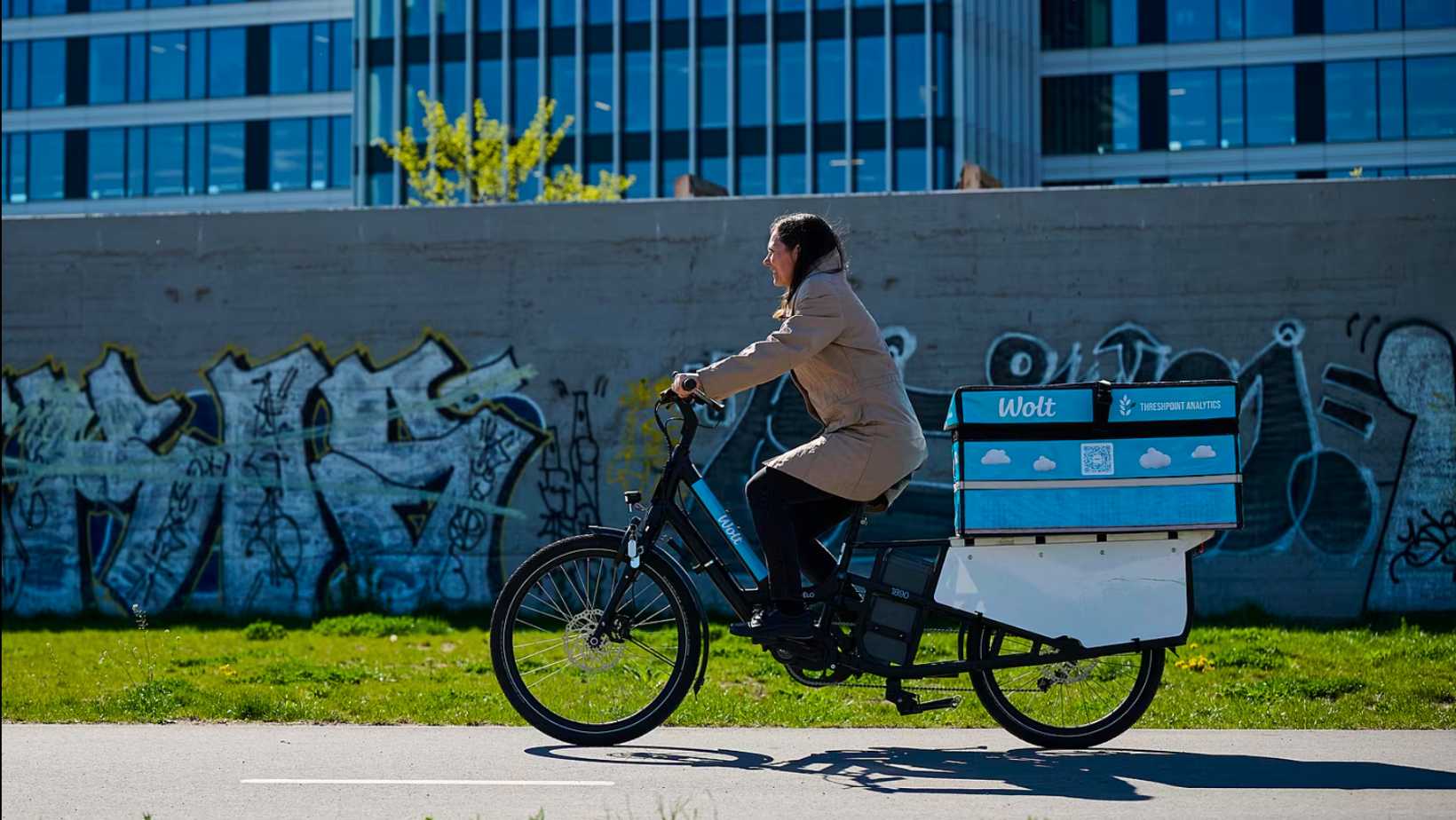
Currently, about 72% of Wolt’s orders in the Czech Republic are delivered by cars with combustion engines, one of the highest rates in Europe. The company hopes the switch to electric transport will help reduce its carbon footprint and improve the quality of urban life.
Wolt has also introduced a Walkers Program, allowing couriers to deliver orders on foot or by public transport. This has been especially useful in Prague’s historic center, where traffic restrictions make bike or car deliveries harder.
Each week, between five and fifteen couriers work as walkers, covering short distances of around 800 meters per delivery. Walkers can also switch between different transport modes depending on what suits them best.
As part of its commitment to better urban mobility, Wolt has also trained 1,000 couriers in cooperation with the Dám respekt initiative, promoting safety and respect among all road users. “If we want more people to use bikes and e-vehicles in cities, we have to make sure they feel safe,” said Michaela Kreuzigerová, co-founder of Dám respekt.
Would you like us to write about your business? Find out more
Passengers in Prague will witness a unique transformation on Wednesday, April 16, when the Masarykovo nádraží tram stop turns into the “Easter” (Velikonoční) stop for a single day.
From 10:00 to 18:00, the station will be decorated with flowers, balloons, and festive ornaments, creating a cheerful spring atmosphere.
Adding to the charm, Mr. Hare and Mrs. Hare will welcome visitors under the tram stop’s canopy.
Anyone who sings an Easter song, sends a holiday greeting, or decorates a specially prepared Easter egg will receive sweet treats as a reward. Passengers can also stop by an information stand to pick up a spring-themed badge.
The event is organized by Prague Integrated Transport (PID).
After 18:00, the stop will be returned to its original look, but the flowers used in the decorations will be given away for free to anyone who wants them.
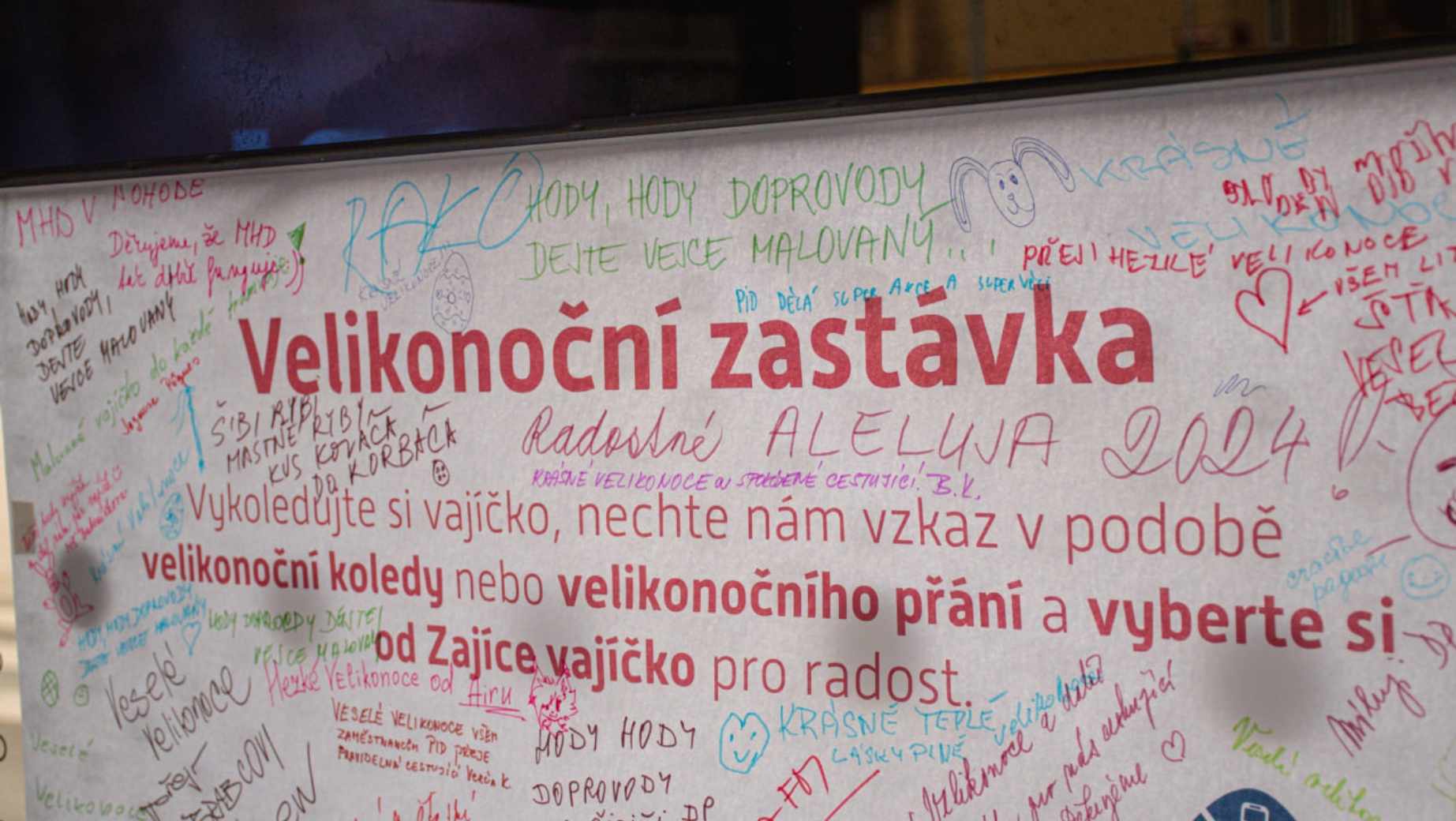
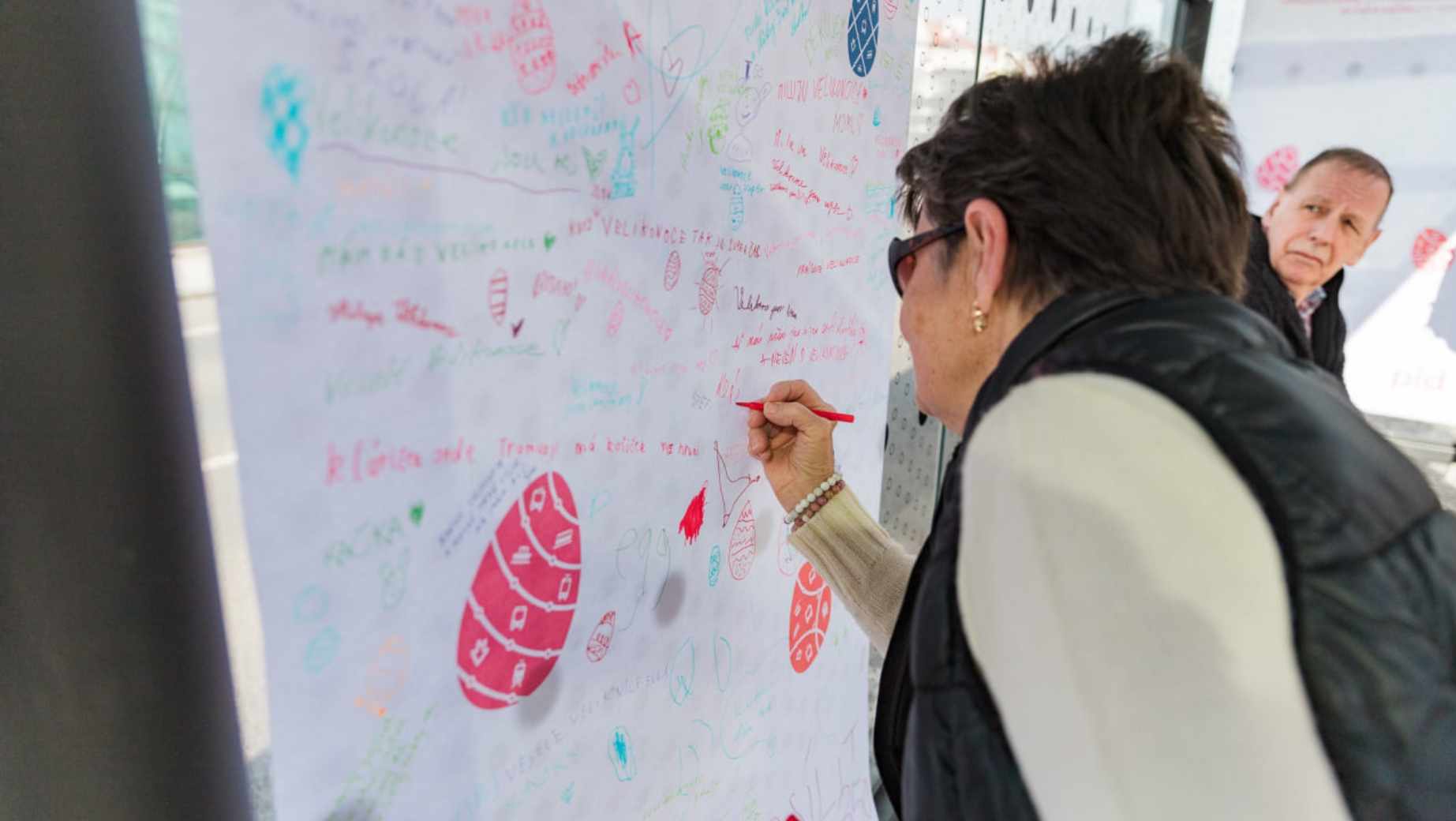
Please note that the article includes photos from last year’s event, which took place at the Hradčanská tram stop.
Would you like us to write about your business? Find out more
On the night of Saturday, March 29, to Sunday, March 30, 2025, the Czech Republic will switch to daylight saving time once again.
At 2:00 a.m. Central European Time (CET), clocks will move forward by one hour to 3:00 a.m. Central European Summer Time (CEST). This shift will impact some night transport services in Prague.
Many people mistakenly refer to CET as winter time, but the seasonal time change was originally introduced to extend daylight hours and reduce reliance on artificial lighting, thus saving energy.
However, the idea is based on assumptions from over a century ago. Modern energy experts argue that shifting the clock has little to no impact on electricity consumption.
How Will Prague’s Public Transport Be Affected?
Most night routes will operate as usual, but some services will follow modified timetables:
- No major changes – Night trams and most night buses will run as scheduled.
- Will continue after the time change – Bus lines 956, 957, 958, 959, and 960, along with night bus 397, will complete their routes after 3:00 a.m. CEST.
- Special timetables – Bus lines 903, 951, 952, and 954 will follow adjusted schedules.
Passengers can find more details via the Prague Integrated Transport (PID) customer hotline: 234 704 560.
A Century-Old Tradition
The practice of changing clocks in spring and autumn dates back more than a century. The concept of daylight saving time was first proposed in 1907 by British builder William Willett.
It took nine years before the idea was implemented, and in 1916, standard time was officially adjusted to summer time for the first time.
The first countries to adopt daylight saving time were Germany, Austria-Hungary (which included Czechoslovakia), and Sweden. Russia followed suit a year later, while the United States introduced it in 1918.
Would you like us to write about your business? Find out more
The popular Irish retailer Primark has announced plans to open its second store in Prague.
The new location will be at the Metropol Zličín shopping center, situated next to the Zličín metro station. The news was confirmed in a company press release.
The new store will cover an area of 2,800 square meters and is set to open in winter 2024, although the exact date has not been disclosed. This expansion will create 140 new jobs.
This will be Primark’s third physical store in the Czech Republic. The first store opened in the summer of 2021 on Wenceslas Square, within the Flow Building shopping and office center.
The second store followed in autumn 2022 in Brno, which also drew a large number of excited shoppers.
Despite the company’s growth in locations, Primark’s financial report for the last fiscal year, ending on August 31, 2023, revealed a loss of 4.2 million crowns. This is a notable decline compared to the previous year’s profit of 80.8 million crowns.
However, the company’s revenue increased by 62 percent year-on-year, reaching 1.65 billion crowns.
Primark attributed the drop in profit to rising costs in materials, logistics, and payroll, which the company chose not to pass on to customers despite inflationary pressures.
Currently, the company operates 432 stores across 16 countries, with plans for further expansion.
Would you like us to write about your business? Find out more
Prague city officials are thinking about raising prices for both parking and public transportation. This is part of a bigger plan to deal with traffic jams and invest in the city’s transportation system.
Adam Scheinherr (Praha Sobě), said it’s important to update parking fees as they haven’t changed in years. “If we raise prices by 3-5%, it might free up 3-5% of parking spaces,” Scheinherr explained.
He added that the extra money wouldn’t just help traffic flow better, it would also be put back into fixing roads and improving public transportation.
Jiří Pospíšil (TOP 09), agrees that something needs to be done about the worsening traffic situation. However, he stressed that any changes to parking fees should favor residents over visitors, especially those coming for fun.
Pospíšil suggested that visitors who aren’t residents use park-and-ride facilities and public transport to get to the city center. This would reduce the number of cars in Prague.
Discussions also involve public transport fares, which haven’t kept up with rising costs like inflation. Scheinherr pointed out that annual public transport tickets are actually cheaper now than they were twenty years ago, even though energy costs and employee salaries have gone up.
Without adjustments, the city would need to spend more money from its budget. Currently, the city pays for a whopping 86% of the transport budget. Pospíšil and his colleagues want to reduce this subsidy to 75% to make the system sustainable in the long run.
Zdeněk Hřib, Prague’s Deputy Mayor for Transport acknowledged the financial challenges.
“Running a city is a team effort,” he said, underlining the importance of working together within the coalition government. He assured residents that any fare increases would be thought about carefully to minimize the impact, especially given the current economic pressures.
Would you like us to write about your business? Find out more
The town of Žatec, in the Ústí nad Labem Region, has been named Czech “Historical Town of the Year” for 2024.
The award, which comes with a one-million-crown cheque, honors those towns and cities that have excelled in preserving and renewing their cultural and architectural heritage.
The “Historic Town of the Year” competition is organized annually by the Association of Historic Settlements in Bohemia, Moravia, and Silesia along with the Ministry of Regional Development.
Last year, Žatec and the surrounding hop-growing landscape were granted UNESCO World Heritage status, becoming the 17th Czech entry on the list.
The town showcases a unique hop-growing legacy that exists nowhere else in the world: besides the historical center, hop stores, and old drying and packing plants, Žatec also has a number of other heritage sites with industrial architecture. It even has the smallest hop garden in the world!
Hops have been grown around Žatec for some 700 years now and during that time a unique landscape has been shaped with this in mind; the very best varieties originated here and people built towns literally designed around the hop processing industry.

Throughout Žatec there are several interesting places and heritage sites in the history of which hops have played or still play the starring role.
These include the Hop and Beer Temple, an entertaining and educational attraction that showcases the tradition of this world-famous hop region.

And if you fancy getting a bird’s-eye view of the town, you can go up the Hop Lighthouse, a unique viewing tower. It is also worth seeing the Hop Astronomical Clock, a clock face featuring the twelve signs of the zodiac and portraying the hop year.
Another attraction worth checking out is the unique Renaissance malt house with its malting exhibition and gallery, and don’t miss the Hop Museum, which boasts the biggest hop exhibition in the world.
Would you like us to write about your business? Find out more
Instead of the statue of Marshal Koněv, an interactive memorial will be created to honor the courage of those who participated in the Prague Uprising.
The winning proposal recalls the first moments of the 1945 uprising. The work arose from an art-architecture competition organized by Czechdesign.
The main architect, Bronislav Stratil, and sculptor Jakub Berdych Karpelis collaborated on the project, along with landscape architect Lucie Miovská.
The monument includes a walkable green roof and an interactive point featuring a trumpeter with a golden talking head, embodying freedom of expression.
The park space will offer cultural activities and serve as a reminder of the Prague Uprising, connecting with nearby parks.
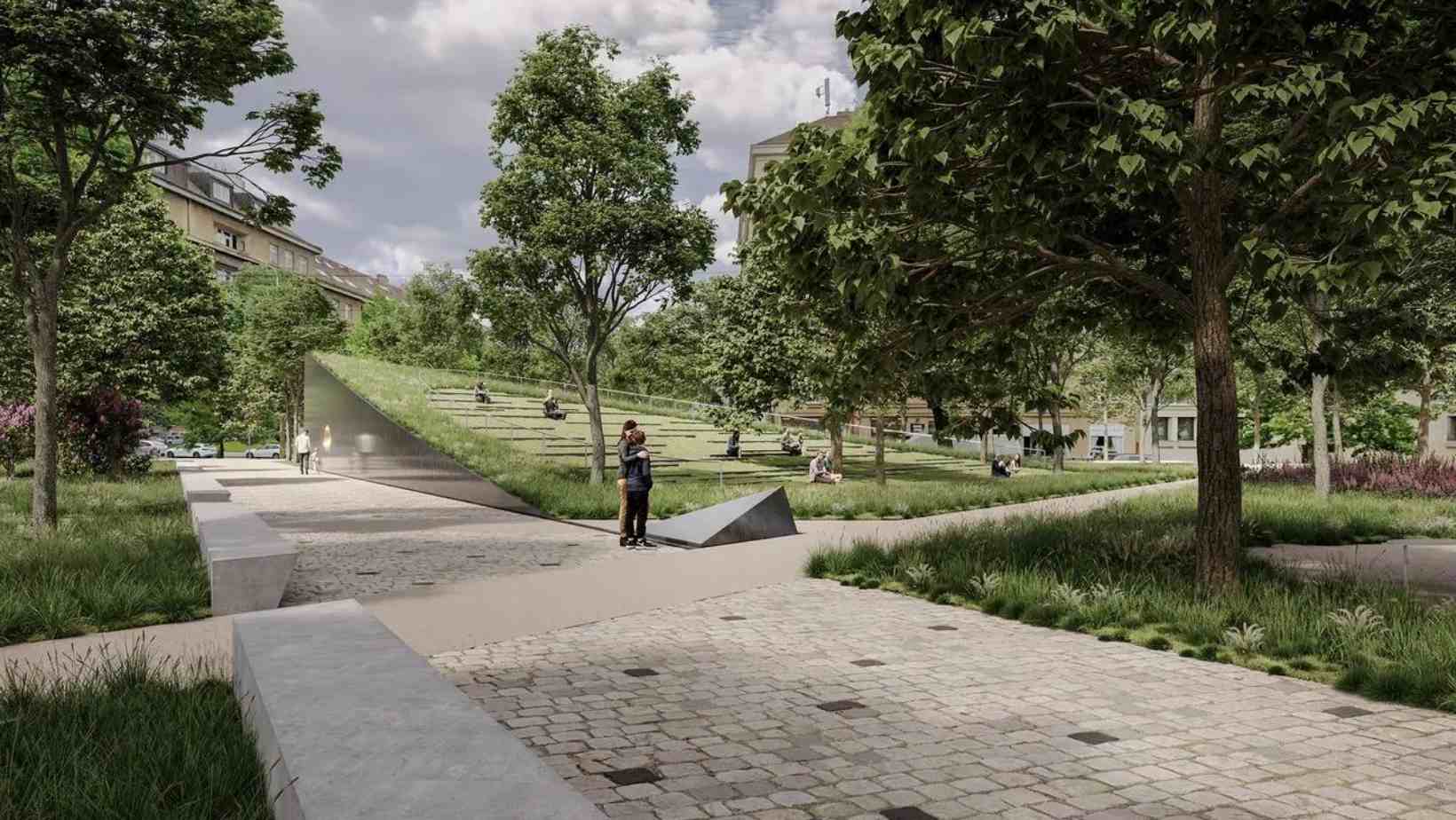
Mayor Jakub Starek lauds the competition’s quality, emphasizing its importance in maintaining public space.
“The monument is primarily intended to be a reminder of the courage with which civil society was willing to stand up to evil. Symbolically, it should pay tribute to thousands of often nameless fighting men and women, who were often non-soldiers,” he said to Prague Morning.
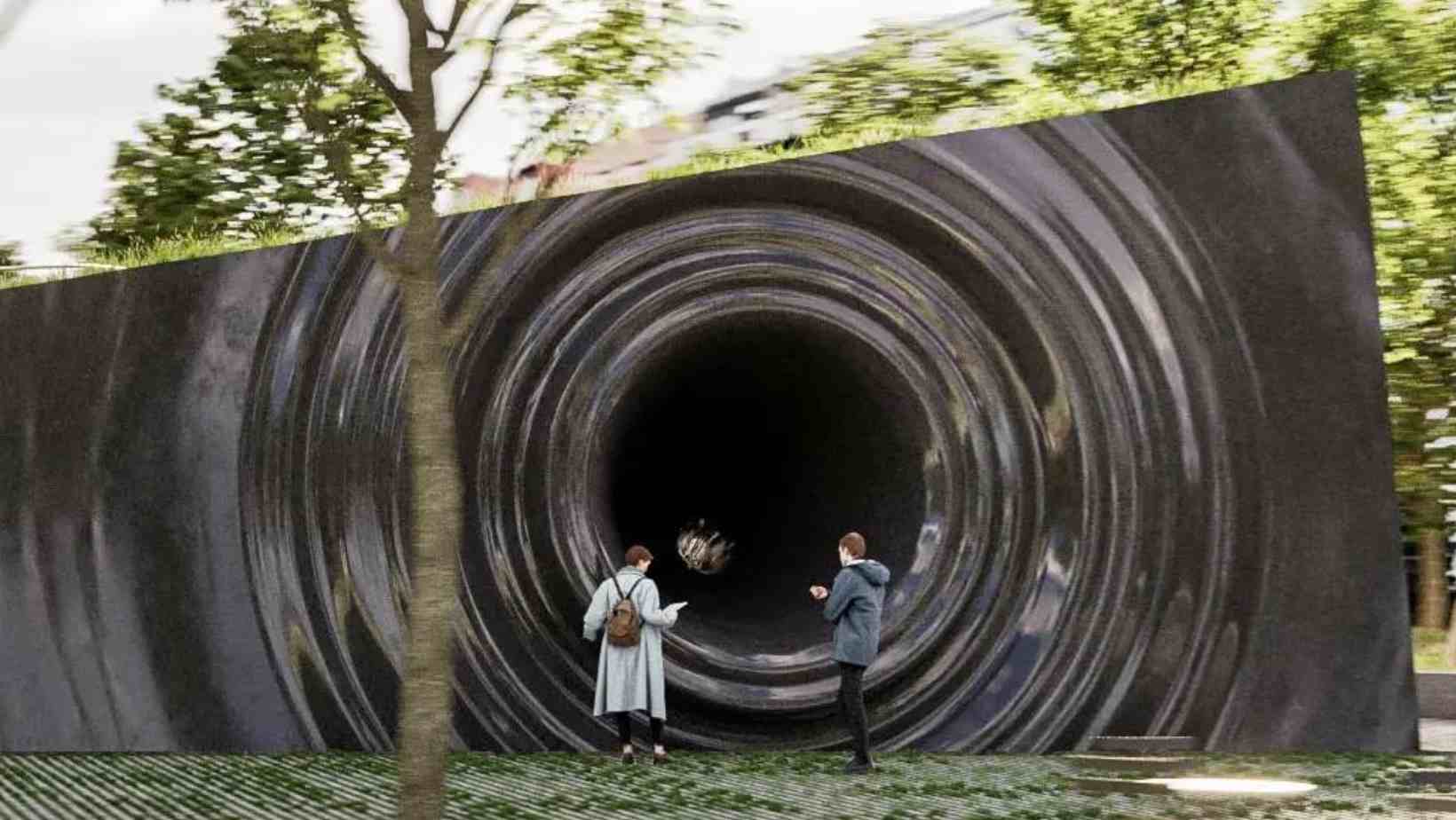
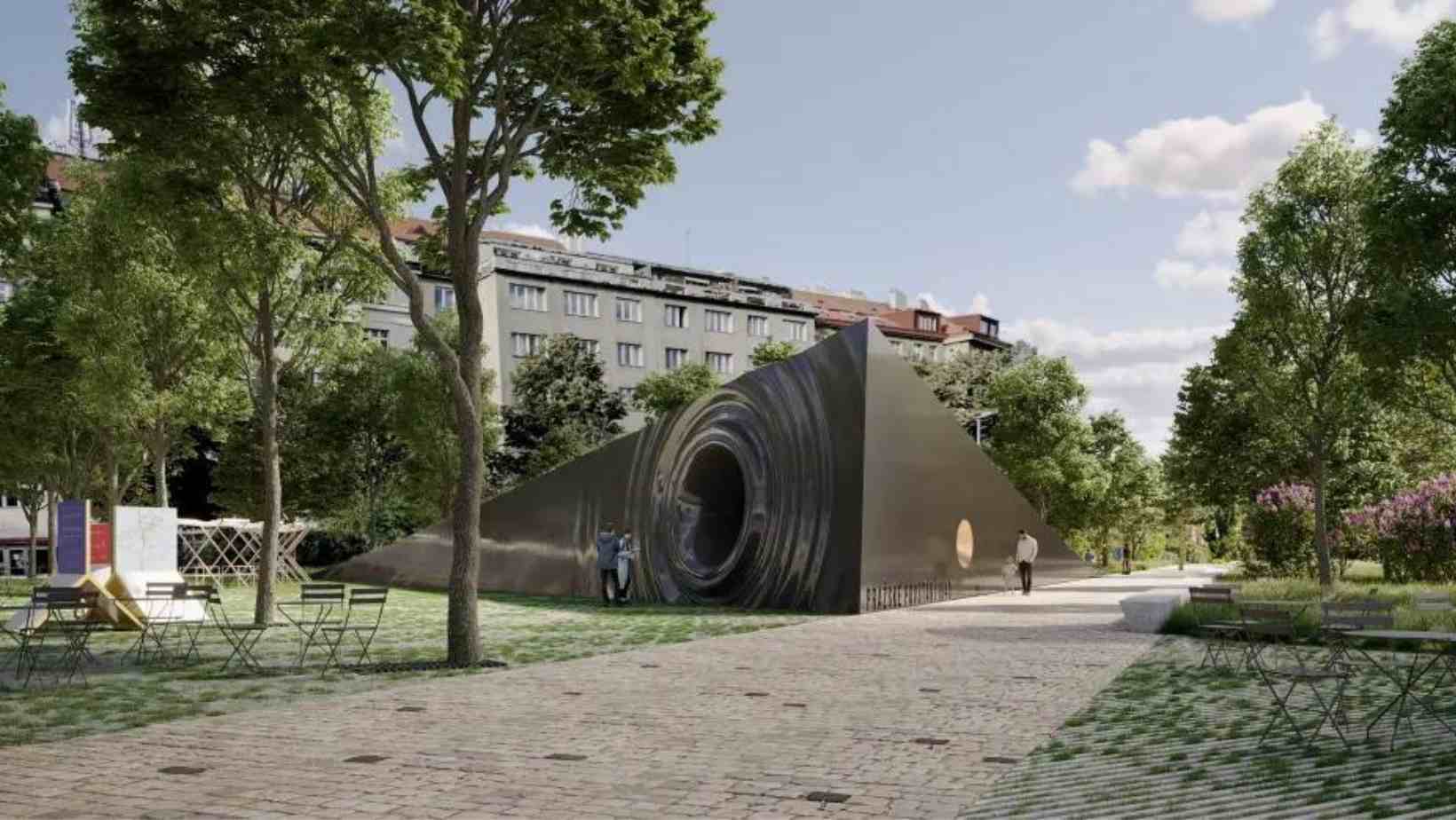
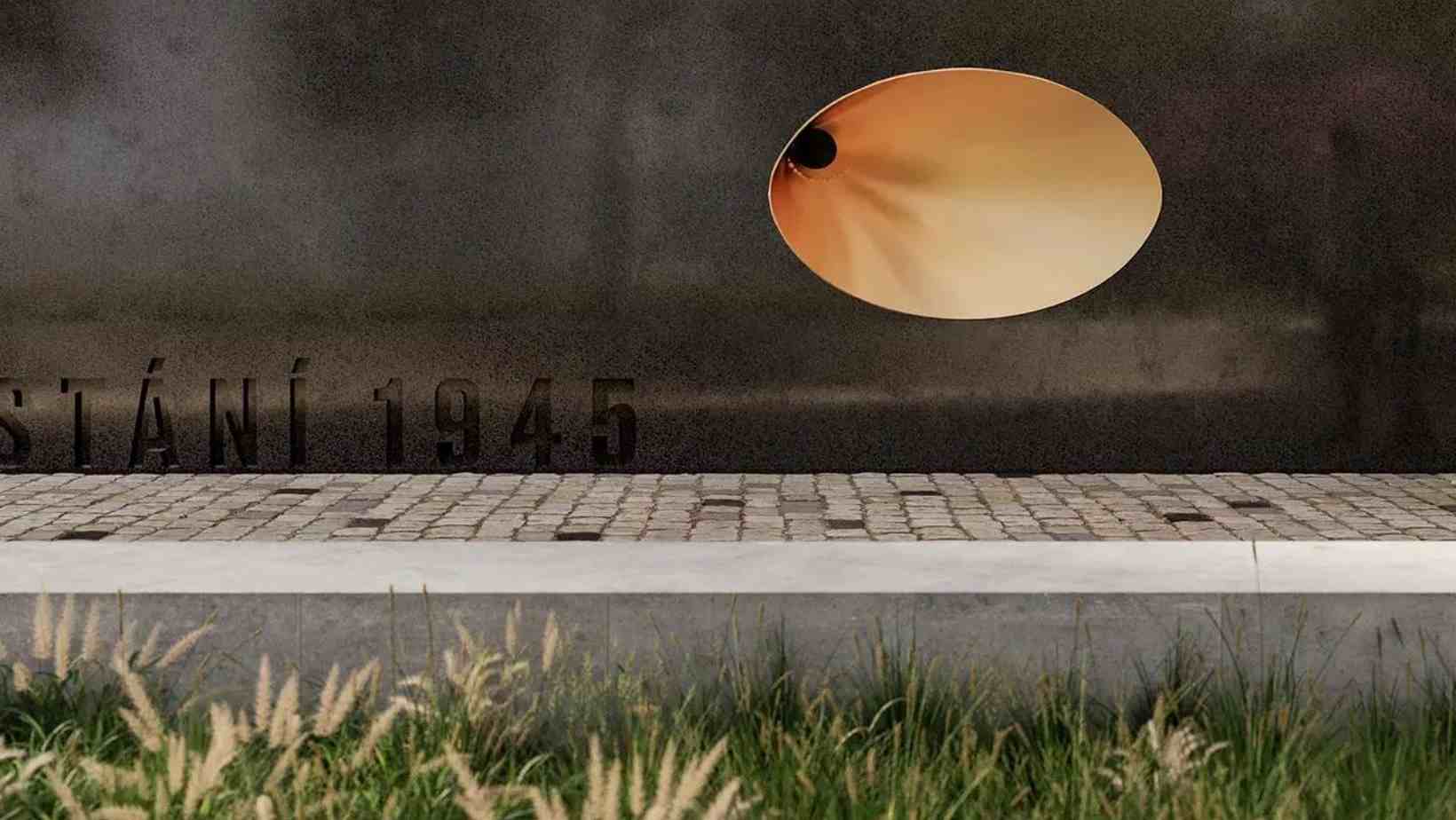
The Prague Uprising
The Prague uprising (Pražské povstání) was a partially successful attempt by the Czech resistance movement to liberate the city of Prague from German occupation in May 1945, during the end of World War II.
On 5 May 1945, during the end of World War II in Europe, occupying German forces in Bohemia and Moravia were spontaneously attacked by civilians in an uprising, with Czech resistance leaders emerging from hiding to join them.
The Russian Liberation Army (ROA), a collaborationist formation of ethnic Russians, defected and supported the insurgents. German forces counter-attacked, but their progress was slowed by barricades constructed by the insurgents.
On 8 May, the Czech and German leaders signed a ceasefire allowing all German forces to withdraw from the city, but some Waffen-SS troops refused to obey. Fighting continued until 9 May, when the Red Army entered the nearly liberated city.
Would you like us to write about your business? Find out more
A celebration of Czech brewing history is coming to Prague!
On Saturday, April 27th, the Břevnov Monastery will host a festival featuring a selection of fresh draught beers from five renowned Czech monastery breweries.
Visitors can expect a delightful tasting experience, sampling brews from Klášterní pivovar Strahov, Vorkloster (Klášterní pivovar Porta Coeli), Klášterní pivovar Ossegg, Klášterní pivovar Želiv, and the host brewery, Břevnovský klášterní pivovar sv. Vojtěcha.
A special treat awaits beer enthusiasts: a unique collaborative brew created by the festival participants alongside leading specialists from Pilsner Urquell. Free entry.
About the Břevnov Monastery
The monastery at Břevnov, the first friary in Bohemia, was established by Boleslav II and St. Vojtěch on the 14th of January 993. A legend describes the origin of the monastery’s name according to a beam (břevno in Czech) lying in the fountain at which Boleslav II and St. Vojtěch met.
The monastery was rebuilt by Břetislav I around the year 1040, and then again in early-Gothic style in the time of abbot Bavor of Nečtiny around 1300. It was plundered by the Hussites and then again during the Thirty Years War. Today’s Baroque complex was realized gradually in the years 1708 – 1745 according to a project of Kryštof Dientzenhofer and his son Kilián Ignác.
The temple was built in 1708 – 1735 according to a project of Kryštof Dientzenhofer and Kilián Ignác Dientzenhofer. It is a demonstration of Bohemian high-Baroque building construction.
There is an extensive garden adjoining the monastery, where the abbot’s summer house named Vojtěška is located, with a chapel above the fountain (the start of the Brusnice Stream), where the monastery was founded.
After the friars were expelled, the object was used by the Ministry of Interior and by the National Central Archive as a depository; after 1990, the property was returned to the Benedictine Order. In 1991 it was declared a National Cultural Monument.
Would you like us to write about your business? Find out more
The new tourist season officially gets underway in Czechia on Thursday, with castles, chateaux, and other national monuments administered by the National Heritage Institute opening their doors to the public.
Most of the privately owned monuments that still belong to their original aristocratic owners also open ahead of the Easter holidays.
Visitors can expect a combination of familiar favorites and exciting new offerings, including extended opening hours, newly accessible areas, and special Easter programs at some locations.
However, be prepared for slightly higher entrance fees at many state-run castles and chateaus this year.
Increased Costs Lead to Ticket Price Adjustments
The National Heritage Institute (NPÚ) has implemented price hikes ranging from CZK 20 to CZK 60 at some monuments. This decision reflects rising operational costs and reduced funding from the Ministry of Culture.
The good news? Entrance fees remain unchanged at roughly a quarter of the monuments. Additionally, 100 NPÚ-managed sites will be open daily throughout the Easter holidays, with some offering special themed events.
Further enhancements are underway at Český Krumlov State Castle and Chateau, with the fully restored Bellarie Summer Palace opening on a new visitor route starting in September. The Golden Crown Monastery will also unveil its Baroque pharmacy to the public.
Following in the Footsteps of Royalty
History buffs can delve into the Habsburg legacy through a new project titled “Following the footsteps of noble families.” This initiative explores how the Habsburg dynasty adapted Bohemian and Moravian residences to their preferences from the 18th to the 20th centuries.
Konopiště, Ploskovice, and Zákupy castles will be central to this project, accompanied by special exhibitions and lectures.
Tourism on the Rise
The Czech Republic’s castles and chateaus continue to be popular tourist destinations.
In 2022, some 4.2 million visited Czechia’s chateau and castles. However, the number is still short of the pre-Covid season of 2019, which saw over 5,000 visitors. Sites open year-round experienced a 17% rise in tourism during the first two months of 2024 compared to the same period in 2023.
Would you like us to write about your business? Find out more
The highly-anticipated PASTRAMI POP-UP Vol. II is returning to Prague’s Holešovice Market Hall on Thursday, April 25th, 2024, from 11:00 AM to 10:00 PM.
This one-day street food festival is a haven for food enthusiasts, offering an array of pastrami dishes alongside tempting vegetarian options.
Pastrami is a sandwich prepared from beef, most commonly beef brisket. The meat is marinated for several days in a salt solution and a secret spice blend. It is then smoked, boiled, and thinly sliced.
This year’s PASTRAMI POP-UP Vol. II promises an even wider variety of culinary delights. Returning vendors include crowd favorites like Take Eat EZ, Big Smokers, Meat Vandals, and MOVE bar.
Joining the party are newcomers like MK’s BBQ Truck and the renowned Bistro Čejka, a family-run butcher shop with over a century of tradition.
But wait, there’s more! The organizers understand that not everyone craves meat.
This year’s event features mouthwatering vegetarian options that don’t compromise on flavor. Think focaccia stuffed with roasted eggplant, creamy vegan mayonnaise, avocado, and fresh greens, or a variant with roasted peppers and truffle mayonnaise.
To complete the experience, PASTRAMI POP-UP Vol. II boasts a live music program.
The lunchtime session will be led by Ivo Pospíšil, also known as Tea Jay Ivo, a renowned DJ and music aficionado specializing in tunes from the 50s to 70s. In the evening, DJ Gadjo will take over, spinning a vibrant mix of Latin jazz, funk, soul, and Afrobeat.
